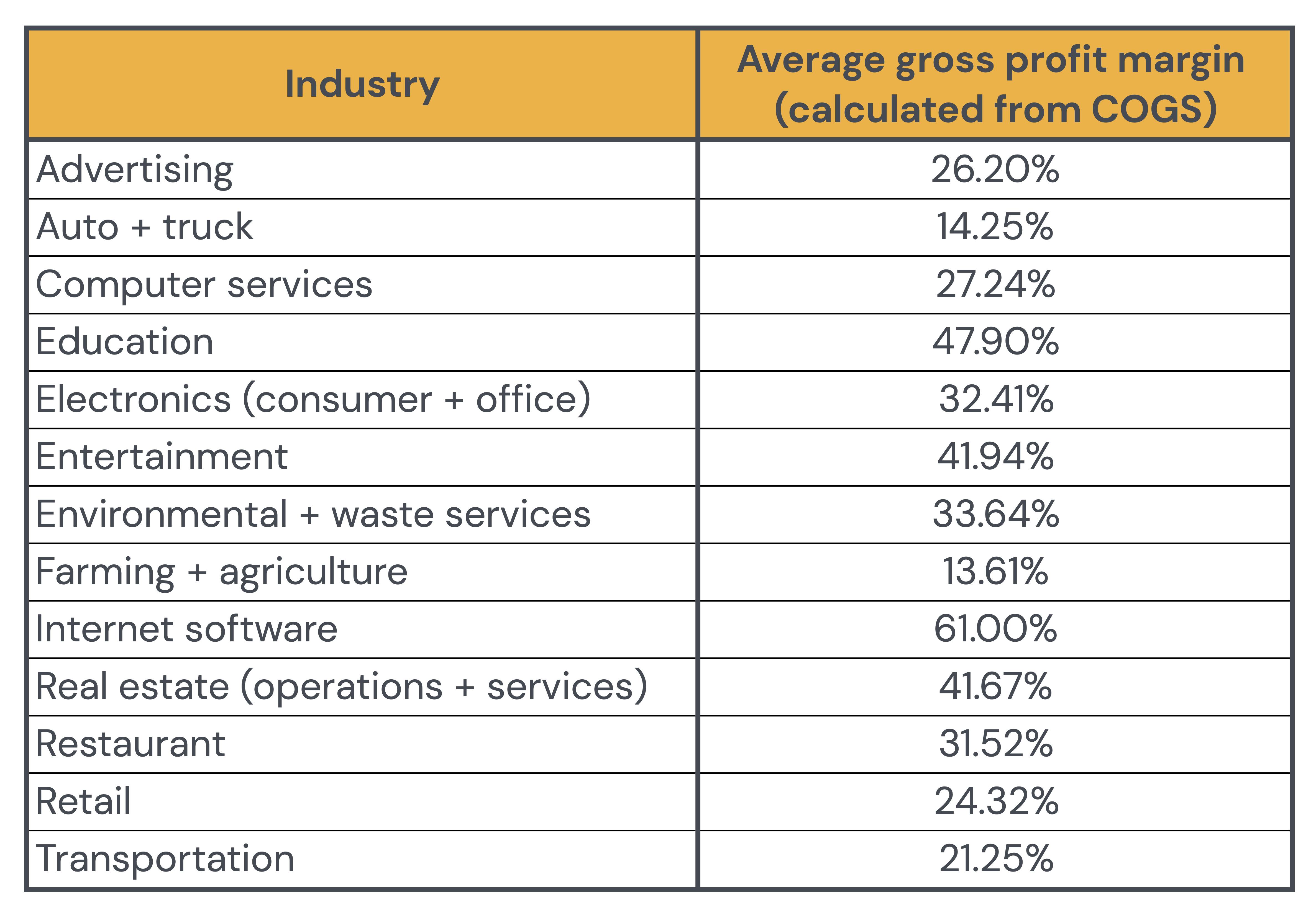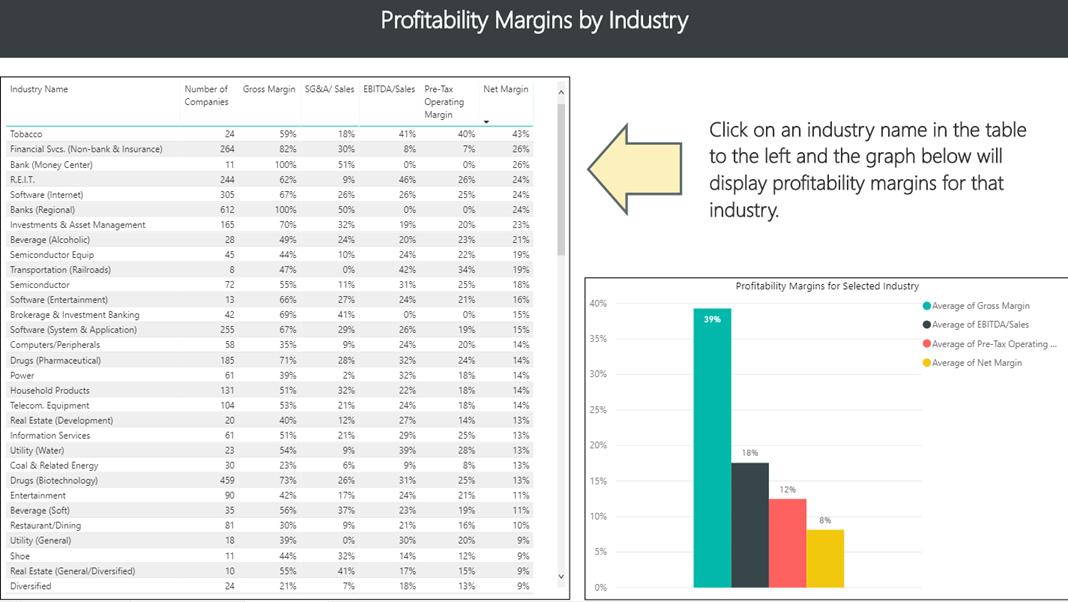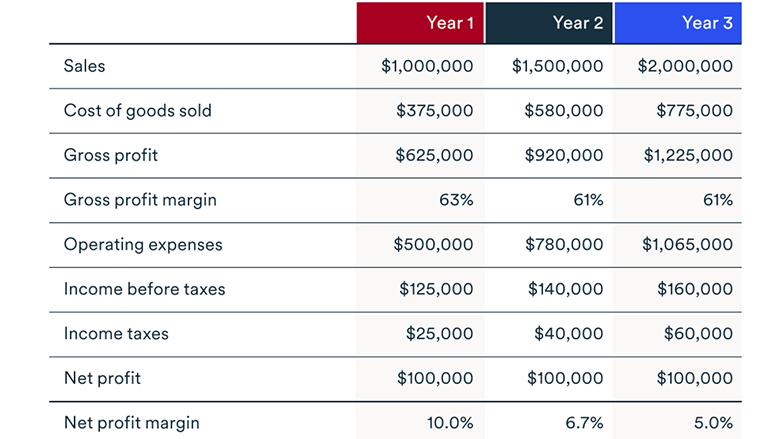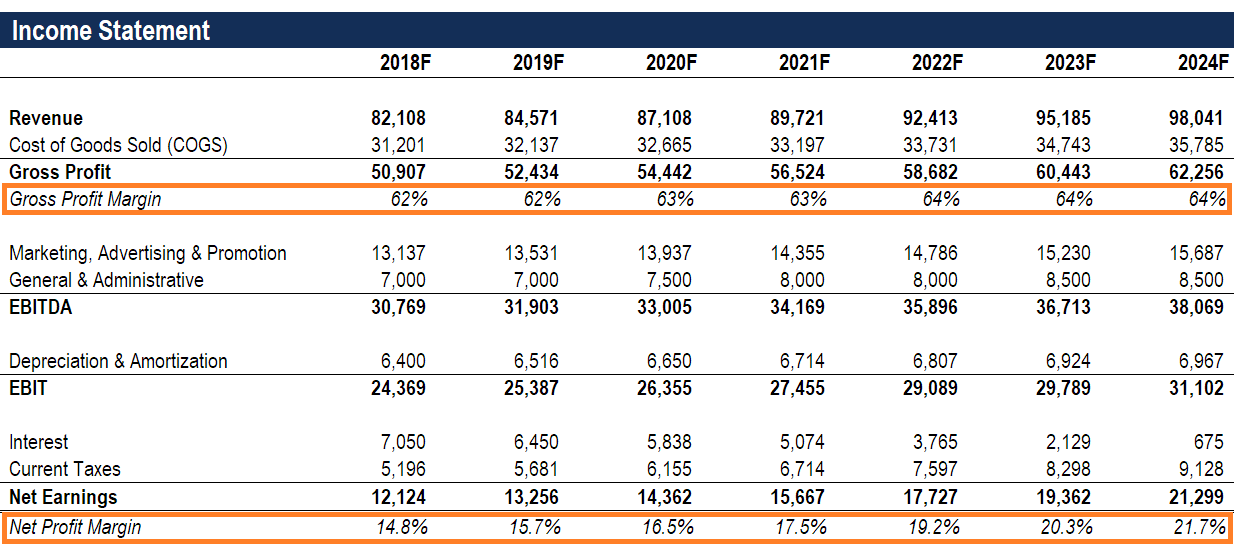Average Net Profit Margin Furniture Industry

Imagine walking into a cozy furniture store, the scent of freshly polished wood and soft upholstery filling the air. Sunlight streams through the window, illuminating a perfectly staged living room set. A friendly sales associate smiles, ready to help you find the perfect pieces to transform your house into a home. But behind the inviting façade, a complex financial landscape unfolds, one where businesses navigate the delicate balance between crafting comfort and securing profitability.
The average net profit margin in the furniture industry, while varying based on several factors, generally hovers around 3% to 6%. This figure underscores the challenges and opportunities that furniture retailers and manufacturers face in a competitive market, where managing costs, adapting to trends, and delivering exceptional customer experiences are crucial for sustained success.
Understanding Net Profit Margin
Net profit margin is a key financial metric that reveals how much profit a company makes for every dollar of revenue. It’s calculated by dividing net profit (revenue minus all expenses, including taxes and interest) by total revenue and expressing the result as a percentage. This percentage offers a clear picture of a company's overall profitability and operational efficiency.
A higher net profit margin suggests that a company is effectively controlling its costs and generating substantial profits from its sales. Conversely, a lower margin may indicate inefficiencies in cost management, pricing strategies, or operational processes.
The Furniture Industry Landscape
The furniture industry is a diverse and dynamic sector, encompassing manufacturers, wholesalers, and retailers of various furniture types. From handcrafted wooden pieces to mass-produced upholstered sofas, the industry caters to a wide range of consumer tastes and budgets. The industry faces a complex interplay of factors impacting its profitability.
The industry is influenced by economic conditions, housing market trends, consumer spending habits, and global supply chain dynamics. Successful navigation of these elements is vital for sustained growth and profitability.
Factors Influencing Profit Margins
Several factors influence the net profit margins of furniture businesses. Understanding these elements provides valuable insights into the industry's financial dynamics.
Cost of Goods Sold (COGS): The cost of raw materials, manufacturing, and labor directly impacts profitability. Efficient supply chain management and sourcing strategies are essential for controlling COGS.
Operating Expenses: Rent, utilities, marketing, and salaries contribute significantly to operating expenses. Streamlining operations and optimizing resource allocation can help minimize these costs.
Pricing Strategies: Competitive pricing is crucial for attracting customers, but businesses must carefully balance pricing with profitability. Value pricing, premium pricing, and promotional discounts can all influence net profit margins.
Sales Volume: Higher sales volume can lead to increased profitability, but it also requires effective inventory management and customer service. Online sales, wholesale partnerships, and strategic retail locations can boost sales volume.
Competition: The furniture industry is highly competitive, with numerous players vying for market share. Differentiation through unique designs, superior quality, or exceptional customer service is essential for standing out and maintaining profitability.
Challenges and Opportunities
The furniture industry faces both challenges and opportunities in today's evolving market. Successfully navigating these dynamics is essential for maintaining healthy profit margins.
Rising Material Costs: Fluctuations in the prices of wood, metal, fabric, and other raw materials can significantly impact profitability. Hedging strategies, alternative sourcing, and value engineering can help mitigate these risks.
E-commerce Disruption: The rise of online furniture retailers has disrupted traditional business models. Brick-and-mortar stores must adapt by offering omnichannel experiences, personalized service, and unique value propositions.
Changing Consumer Preferences: Consumer tastes and preferences are constantly evolving. Staying ahead of trends, offering customizable options, and embracing sustainable practices can attract new customers and drive sales.
Supply Chain Disruptions: Global supply chain disruptions can lead to delays, increased costs, and reduced availability of materials. Diversifying suppliers, building strategic partnerships, and implementing robust inventory management systems can minimize these disruptions.
Strategies for Improving Profit Margins
Furniture businesses can implement various strategies to improve their net profit margins and achieve sustainable growth.
Cost Optimization: Identify and eliminate unnecessary expenses, negotiate better terms with suppliers, and streamline operations to reduce costs.
Pricing Optimization: Implement dynamic pricing strategies, offer value-added services, and carefully analyze competitor pricing to maximize profitability.
Inventory Management: Implement efficient inventory management systems to minimize carrying costs, reduce obsolescence, and optimize stock levels.
Customer Experience: Provide exceptional customer service, personalized experiences, and build strong brand loyalty to drive repeat business and referrals.
Marketing and Sales: Invest in effective marketing campaigns, leverage social media, and build a strong online presence to attract new customers and increase sales volume.
The Role of Technology
Technology plays an increasingly important role in the furniture industry, offering opportunities to improve efficiency, enhance customer experiences, and boost profitability. It's not just about having a website anymore; it's about integrating technology into every facet of the business.
Design Software: 3D modeling and visualization software allows customers to customize furniture and visualize how it will look in their homes. This can increase customer satisfaction and reduce returns.
E-commerce Platforms: Robust e-commerce platforms provide seamless online shopping experiences, allowing customers to browse, purchase, and track their orders from anywhere. This expands market reach and increases sales volume.
Supply Chain Management Software: Real-time tracking, inventory management, and demand forecasting software can optimize supply chain operations, reduce costs, and improve efficiency. This ensures timely delivery and customer satisfaction.
Customer Relationship Management (CRM) Systems: CRM systems help businesses manage customer interactions, personalize marketing campaigns, and provide targeted customer service. This can increase customer loyalty and drive repeat business.
Looking Ahead
The furniture industry is expected to continue evolving in the coming years, driven by technological advancements, changing consumer preferences, and global economic trends. Adaptability, innovation, and a focus on customer experience will be key to success.
The furniture businesses that embrace technology, prioritize sustainability, and deliver exceptional value to customers will be best positioned to thrive in the years ahead. Staying informed and proactive will be critical.
While the average net profit margin in the furniture industry may seem modest, it represents a constant opportunity for improvement. By focusing on efficiency, innovation, and customer satisfaction, furniture businesses can craft not only beautiful pieces but also lasting success.






:max_bytes(150000):strip_icc()/NetProfitMargin2-edf5ae45cbe048208913caa9d3b03110.png)











